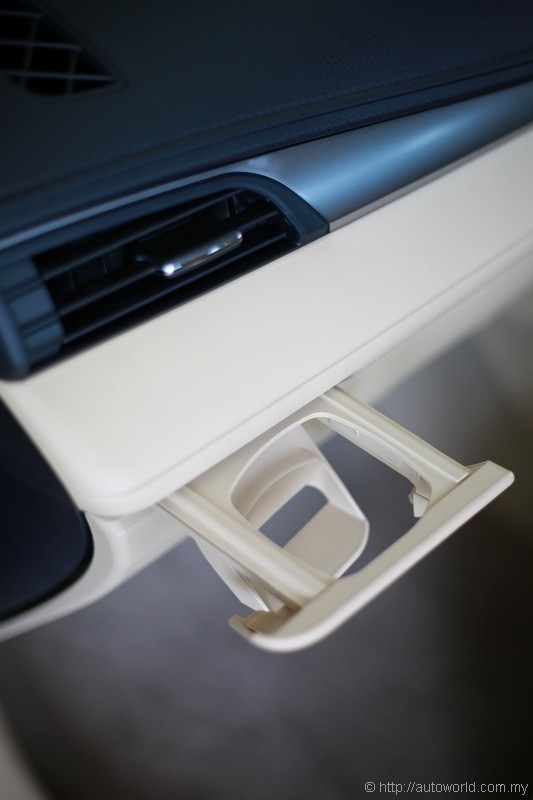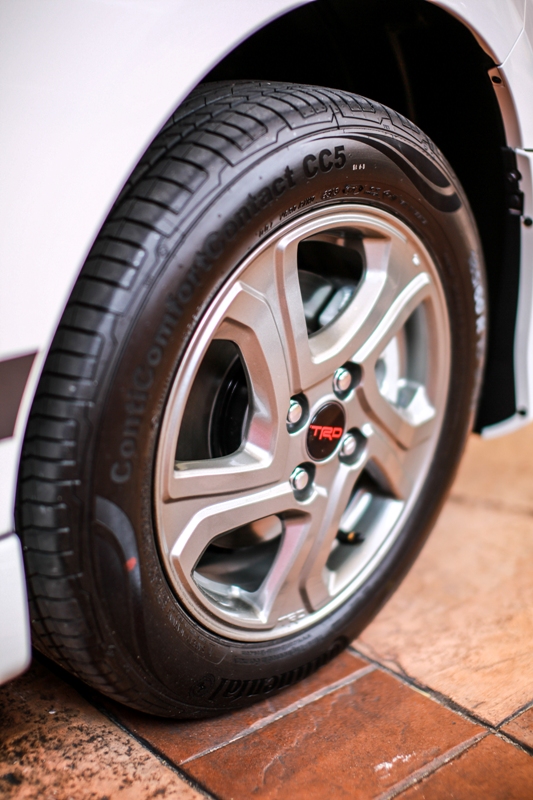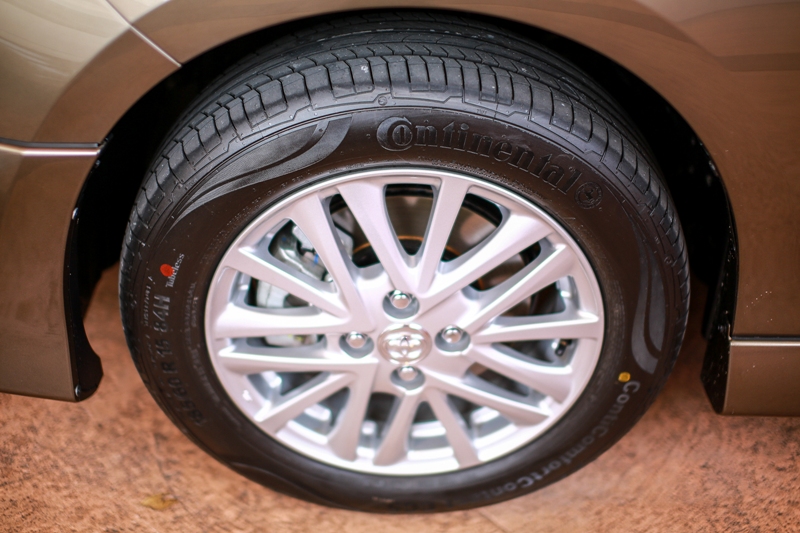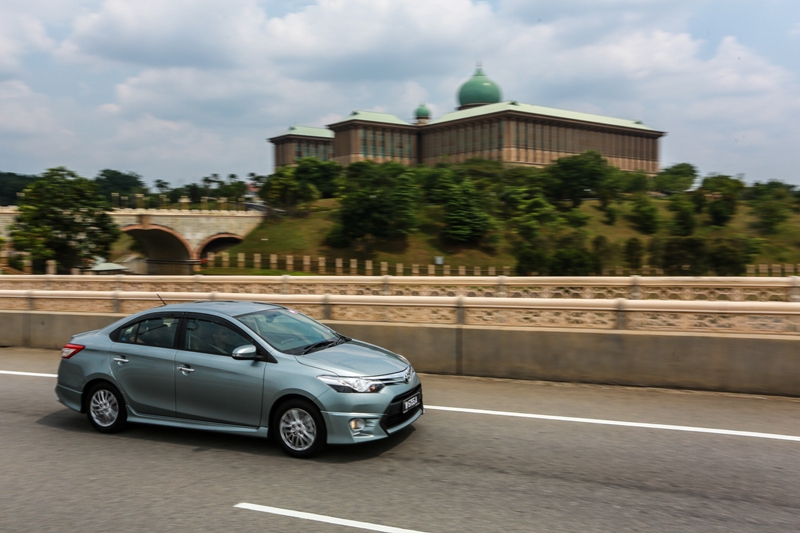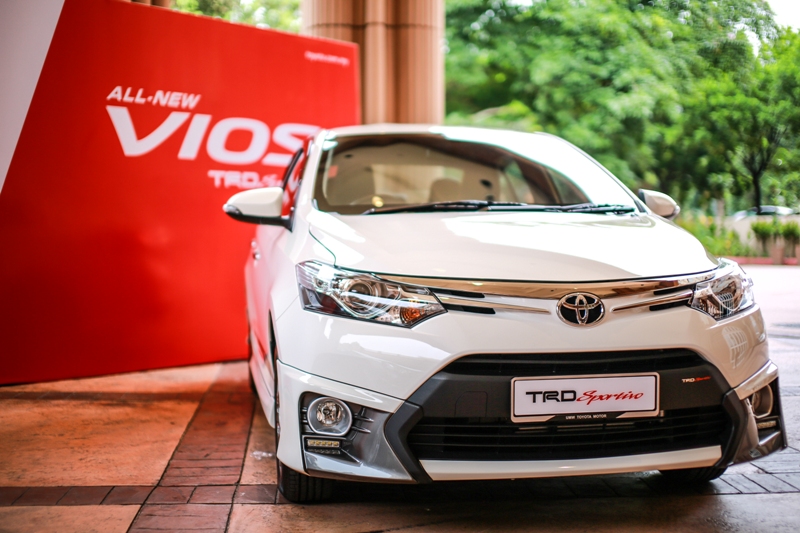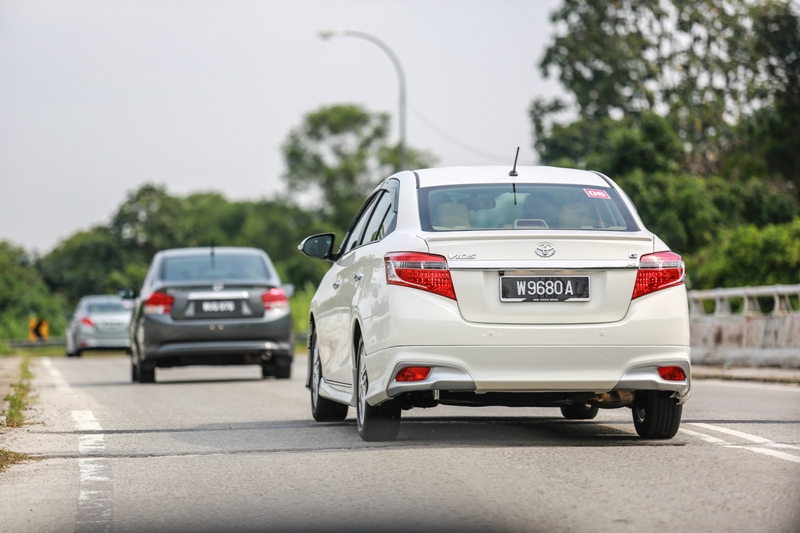3rd Generation Toyota Vios First Impressions
Kuala Lumpur, 2 October 2013 – Today marks the introduction of the 3rd Generation Toyota Vios by UMW Toyota Motor Sdn Bhd. After putting close to 265,000 units of the first and second generation Vios on the road since the model was launched in 2003, it is one of the top selling models in this segment, in Malaysia.
The new Vios shares the same engine and drive train configuration as the outgoing second generation model, which offers the same key attributes of quality, durability and reliability; the latter being perhaps the single biggest reason why people will buy a Toyota.
There have been continuous improvements made to the Vios throughout its ten year life-span, and today the new model has even more to offer. The steering system has been EPS (Electric Power Steering) since the second generation, and it is carried through into the new model. Although the 1.5 litre VVTi engine is retained, there are some minor refinements in the ECU tuning – the effect is better acoustic inside the car, in short a less raucous exhaust note. Overall performance specifications remain at 109 PS@6,000 rpm, and 141 Nm maximum torque at 4,200. I thought that perhaps Toyota might have included a CVT or a 5-speed automatic, but the new car still has the 4-speed auto.
On the outside, there is a new front mask, new fenders, new lights, and a new bonnet. At the rear, there is a new bumper, new and larger tail light assembly. The overall effect is what I would consider rather pleasing to the eyes. This is truly the best-looking Vios yet. Major exterior dimensions are roughly the same as the outgoing model – bearing in mind that this is a ‘new skin’ job based on the same underpinnings as the previous Vios. There may be some slight changes in the length and width due to the external cladding.
Inside, there has been a massive transformation, and the Vios fans are going to like this car a whole lot more. The most obvious part of the car in the eyes of the driver would be the dashboard – in this area, there is now a two-tone dashboard that is actually very nice, plastic, but I have to take my hat off to the design team who have managed to put in what looks like leather with stitching. This material is extended even to the door sills, and give the car elegance. Of course once you touch it, you will realize that it actually is plastic, but kudos to the person or persons who thought of it in the first place.
The meter cluster is now moved back to the normal place in front of the steering wheel – the previous one had it in the centre of the dashboard, like the Mini. Toyota cited many reasons at that time as to why it was safer at the centre of the dashboard, but now, after 10 years, it seems the ‘voice of the customer’ has prompted it to be moved back. Personally, I always preferred it to be right in front of my eyes.
The legroom has miraculously improved – I don’t recall the older Vios having so much legroom at the back. The designers have obviously spent countless hours re-positioning items to create more space within the cabin, and again, they have done well. I sat in the back, behind the driver, and I was quite comfortable, with at least six inches of space between my knees and the back of the driver’s seat. Again, they have cleverly made the front seat with a gap at the bottom so that our shoes can tuck into the cubby hole underneath.
The rear seatback is split 60:40 as usual, and there is a little button at the top of the rear parcel shelf near the C pillar to ‘unlock’ the seat for folding down – quite brilliant.
We had a short drive in the Vios yesterday at Putrajaya. The route was an interesting 46 kilometres for each one of us, and it went through a good mixture of highway, trunk road, and ‘kampung’ roads. The Vios still retains its good driving and handling characteristics, and this time the ride is more compliant, with perhaps slightly softer damping. Body roll is reduced through front and rear stabilizer bars to counter the softer springing – the overall effect is a smooth ride.
In terms of performance, the new Vios feels the same as the outgoing one, but with a more muted engine. Perhaps the throttle feels a little lighter, as the weight has been reduces by between 25 to 30 kg, depending on the grade model.
All in all, there are five variants offered, with prices ranging between RM73,200 to RM93,200.
Vios 1.5J (Manual Transmission): RM73,200
Vios 1.5J (Auto): RM77,300
Vios 1.5E (Auto): RM82,900
Vios 1.5G (Auto): RM88,500
Vios 1.5 TRD Sportivo (Auto): RM93,200
Prices are P. Malaysia, Individual private registration, on-the-road with insurance.







